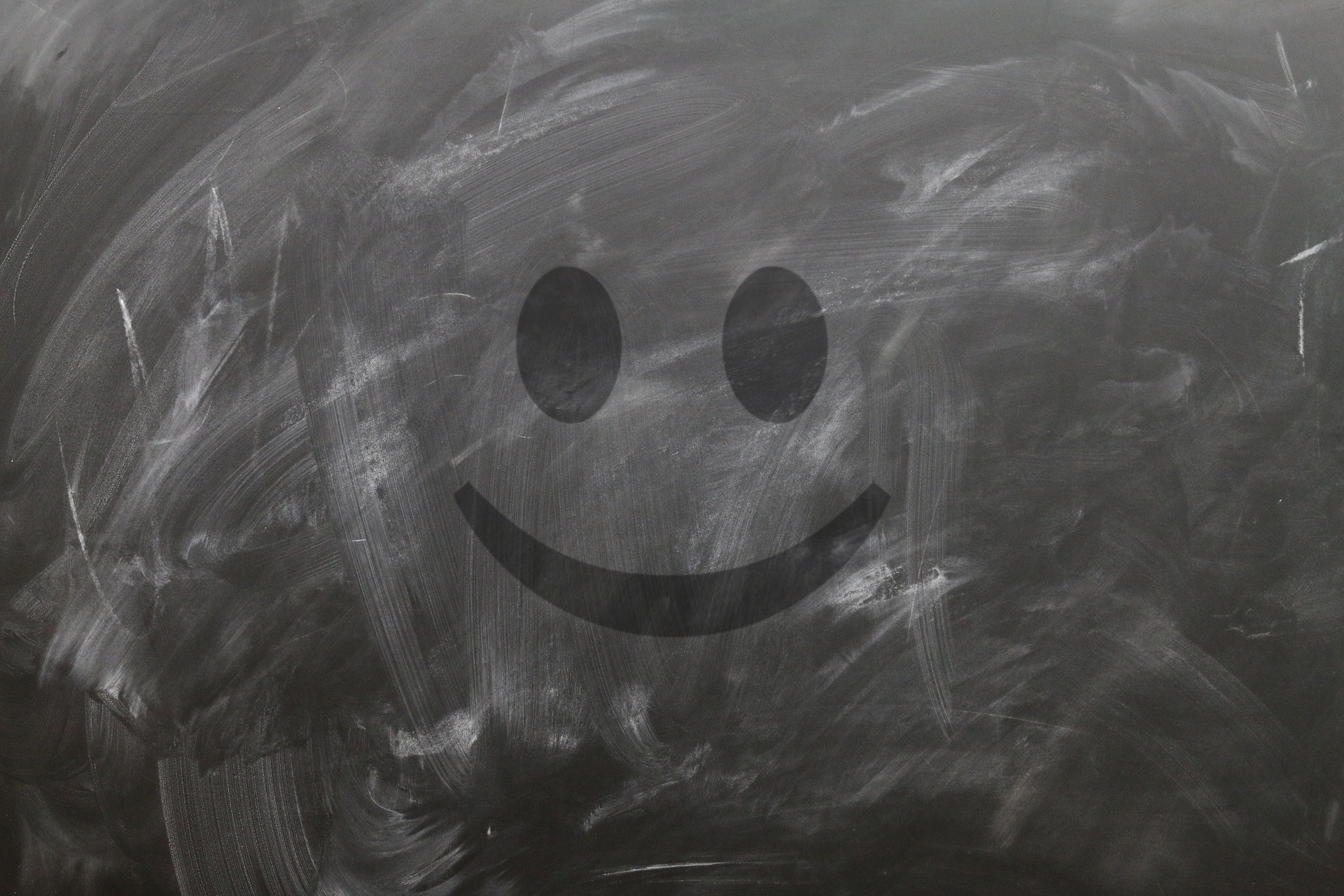SEL For Educators: 4 Best Practices
Effective SEL programs start with educators and establish sustainable best practices.

Having an effective social and emotional learning program begins with educators, says Dr. Collette Bozek, the vice principal of Springs Charter Schools in California.
Bozek, who specializes in SEL, likens it to the advice given on airplanes that are low on oxygen: You need to put your mask on first before you can help others.
“So as districts are talking about implementing social-emotional learning practices, it's really not looking at the students first but rather the teachers,” she says.
Here are tips from Bozek and others for implementing effective SEL programs for educators.
1. SEL for Educators: Accept its importance
It can be easy to pay lip service to SEL, but implementing research-backed and sustainable programs is more difficult, Bozek says. “We're so driven by academics and things that are quantifiable and measurable. Oftentimes, SEL is considered fluffy, like, 'Let's talk about our emotions,’” she says. District leaders need to realize that SEL is not fluffy or extra, but essential.
Leaders also need to realize that it starts with educators. Bozek cites 2017 research by Anne Gregory and Edward Fergus. “One of the things they found is that most SEL models are centered on students but not on the adults who interact with them,” she says. “Yet research shows that an educator's own social-emotional competencies strongly influences a student's motivation to learn, and the school climate in general. So we see right there that we need to look at our teachers and how to support them.”
2. SEL for Educators: Make it intentional
Schools and districts almost never have an abundance of spare time, but prioritizing SEL with educators is not a luxury, especially after such a difficult year.
Tools and ideas to transform education. Sign up below.
Karen VanAusdal, senior director of Practice for The Collaborative for Academic, Social, and Emotional Learning (CASEL), advises setting time during staff meetings to focus on SEL. “Build in some rituals of connection, and rituals of reflection,” she says. She also advises school leaders to take the time to do individual outreach to teachers and express gratitude for what they’ve done this past year.
3. SEL for Educators: Encourage self-reflection
Leaders should encourage their staff to build SEL into their own instructional practices and include space for self-reflection. “What have they learned about themselves as teachers over this past year, about the importance of connecting to students in new ways, about rebuilding lesson plans?” VanAusdal says. “For many of our teachers, it was like being a first year teacher all over again, even if they had been teaching for 20, 30 years.”
4. SEL for Educators: Include everyone
While paying more attention to the SEL needs of teachers, it's important for school leaders to remember the conversation does not end there, said Dr. Dawn Bridges during a recent Tech & Learning Webinar.
“We need to make sure that it includes the community, it isn't just teachers,” said Bridges, the AASA SEL Cohort Program Lead and the Senior Director of Education Partnerships for Right At School. “It's the staff and bus drivers. It's the Board of Education and the whole entire community. And when we think about moving forward and what schools need, we need to take a very comprehensive look and make sure we're including all stakeholders in that.”
Erik Ofgang is a Tech & Learning contributor. A journalist, author and educator, his work has appeared in The New York Times, the Washington Post, the Smithsonian, The Atlantic, and Associated Press. He currently teaches at Western Connecticut State University’s MFA program. While a staff writer at Connecticut Magazine he won a Society of Professional Journalism Award for his education reporting. He is interested in how humans learn and how technology can make that more effective.

